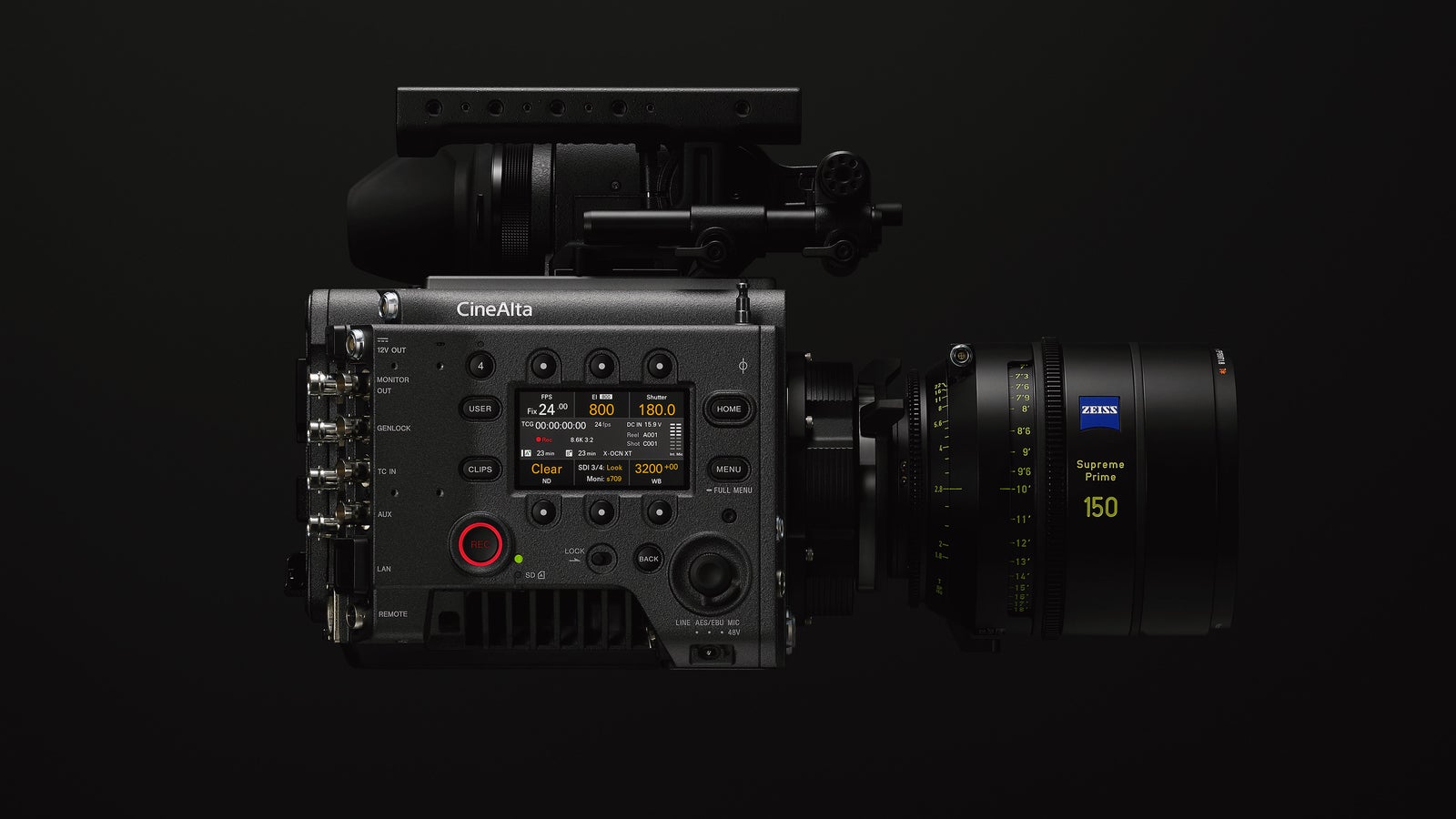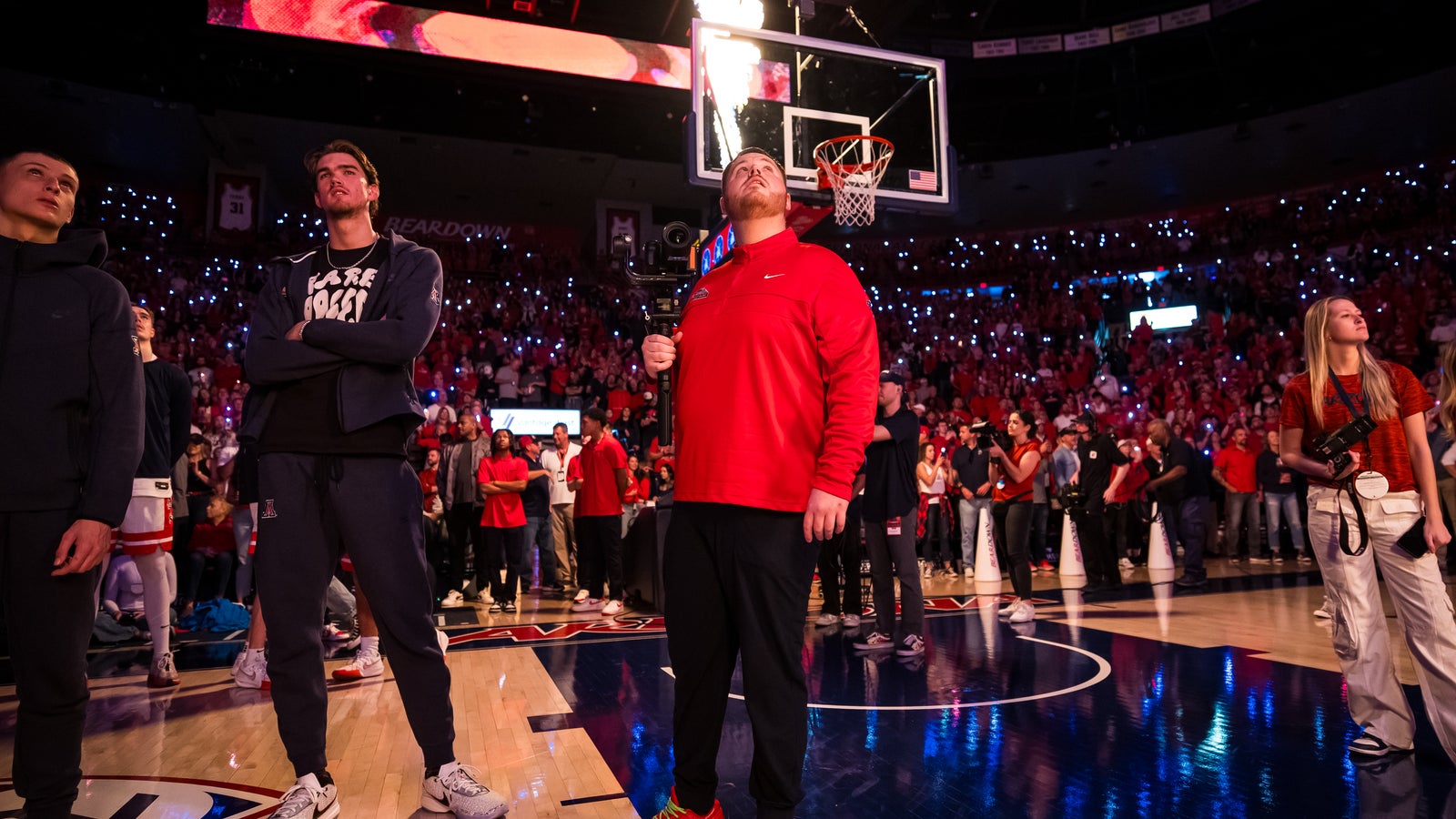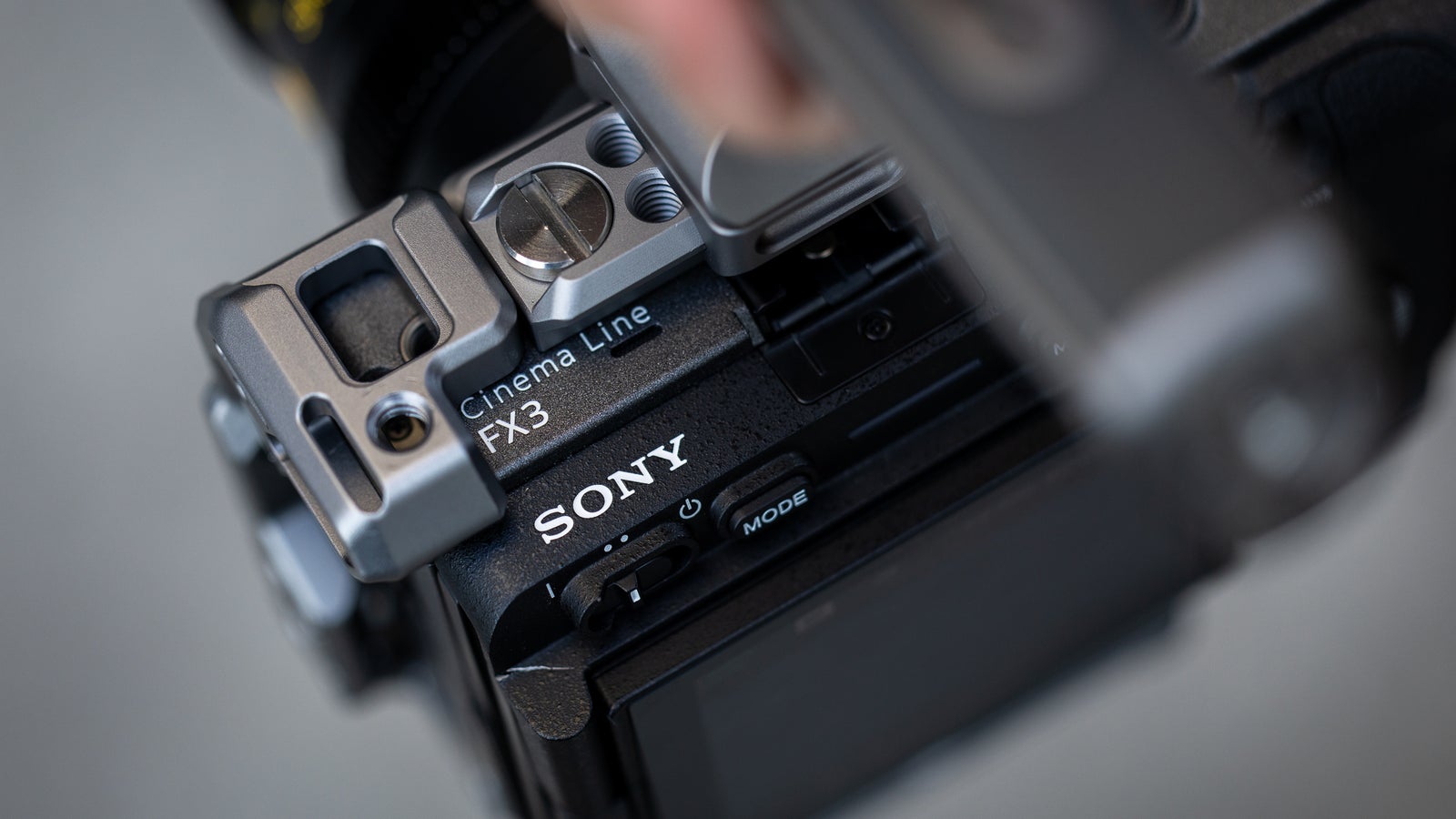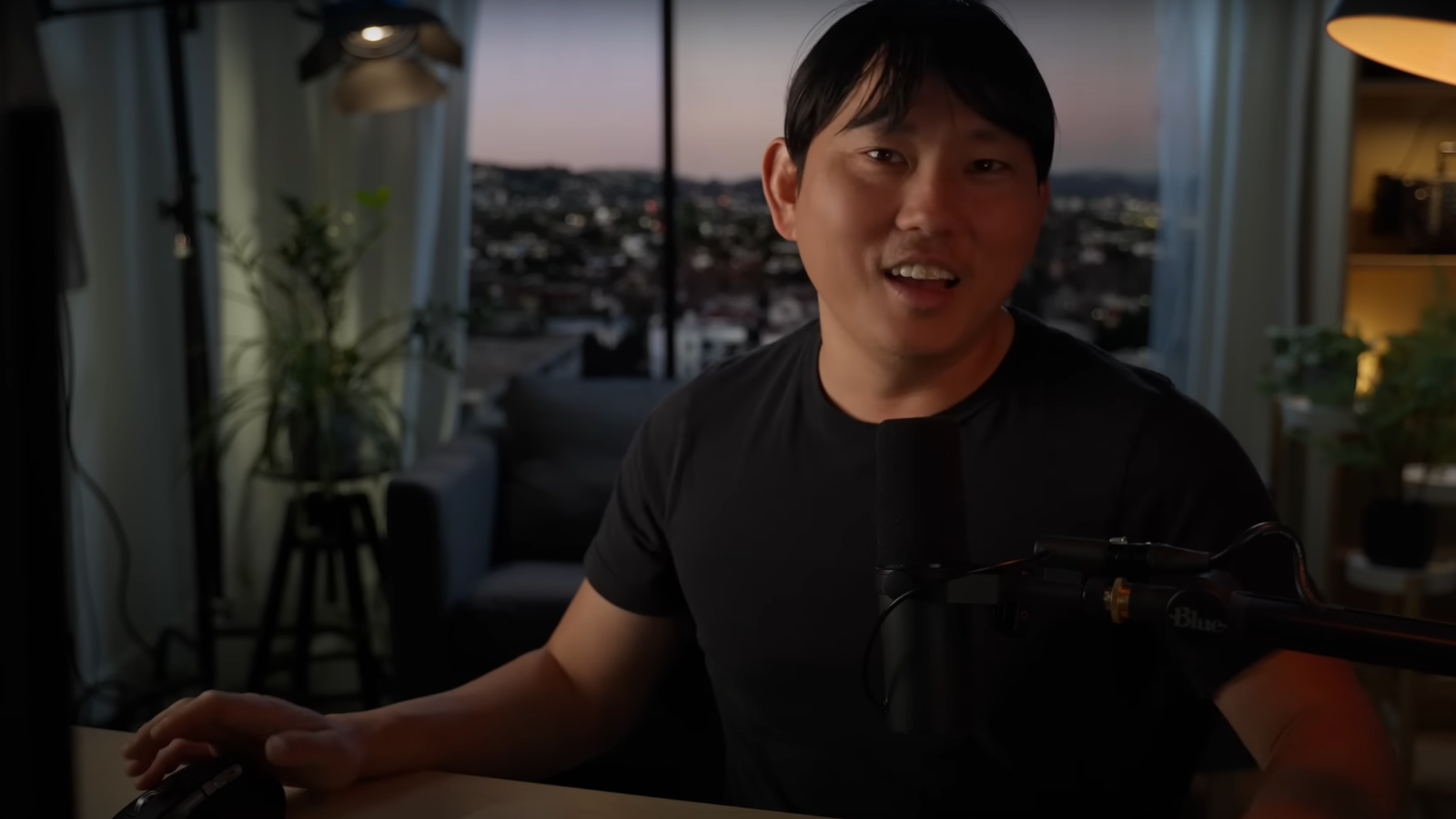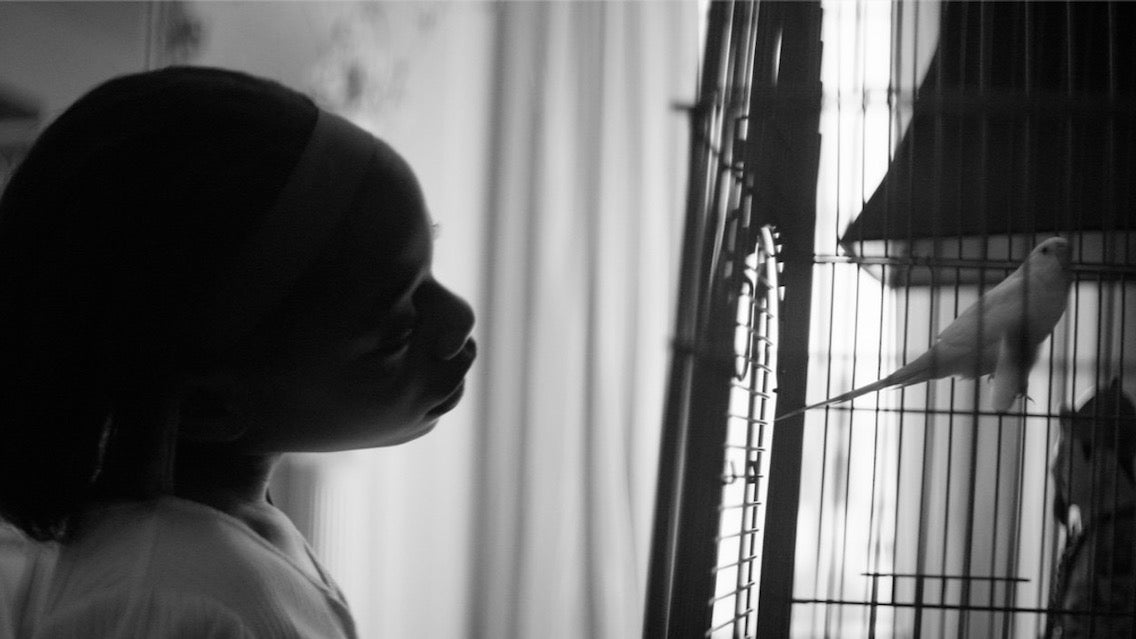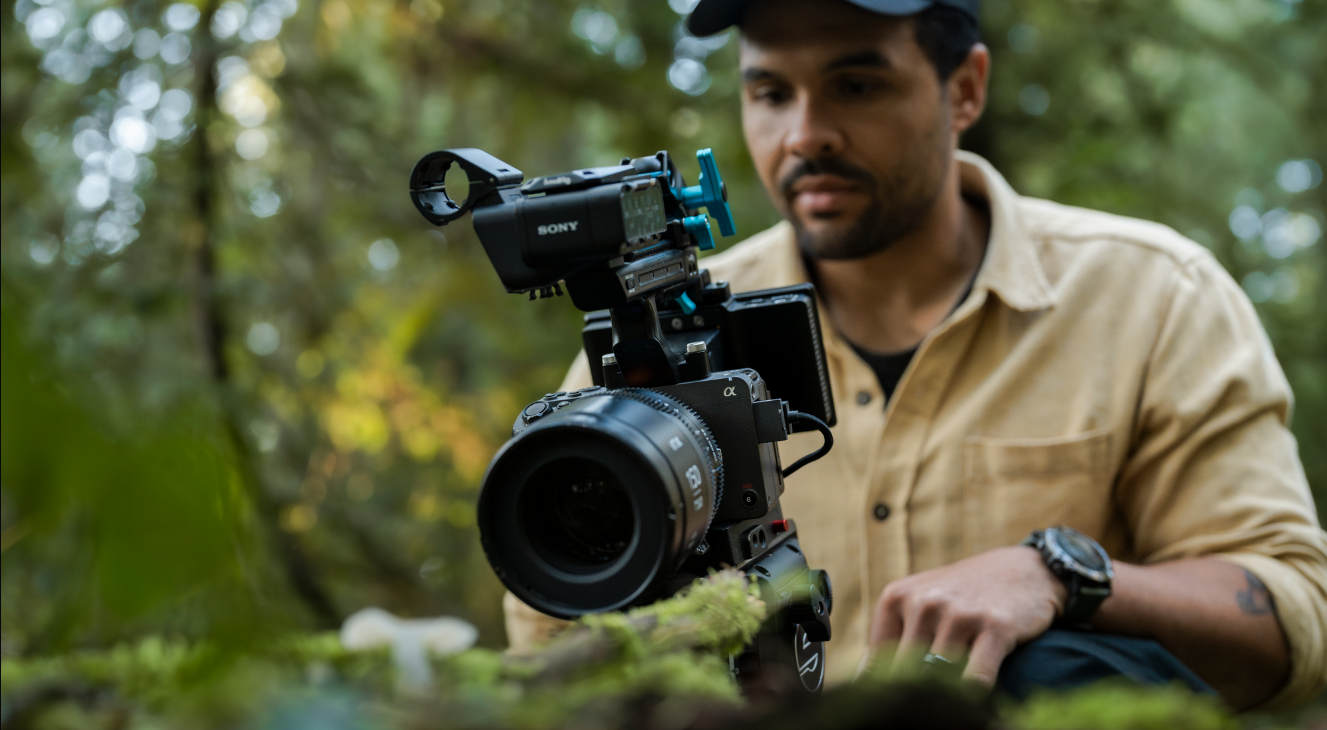
04-11-2025 - Technical Guides
Sony FX30 vs Sony FX3: Which Camera is Right for You?
By: Yaroslav Altunin
The Sony FX30 and the Sony FX3 are two cinema cameras that offer a robust feature set for filmmakers and video creators alike. These powerful tools can be found on a wide range of projects, including corporate work, documentaries, live production environments, and even high-end narrative films.
The FX3 was the main camera used on The Creator, which was directed by Gareth Edwards (Rogue One, Godzilla) and captured by DPs Oren Soffer and Greig Fraser, ASC, (The Batman, Dune). Its incredible low-light sensitivity and compact form factor allowed the creative team to produce stunning imagery at a fraction of the cost.
While the FX3 and FX30 have similar camera bodies, they have unique differences and strengths that will benefit creatives in different ways. Let's compare these two cinema cameras and discover which option is the right choice for your toolkit.
The Similarities Between the Sony FX3 and the Sony FX30
On the outside, the FX3 and FX30 appear identical. Because they share the same body, they can be rigged with the same cages and accessories, offering powerful versatility to new creatives and veteran filmmakers alike. Here are the similarities of both cameras at a glance.
The FX3 and FX30 both have:
• An identical body design with tally light
• The same versatile E-Mount
• CFexpress Type A and SD card Media Slots
• Continuous Video Recording in Movie Mode
• Capability to shoot photos in Still Mode
• Onboard audio controls when using the Sony XLR-H1 XLR Handle Unit
• In-Body Image Stabilization (IBIS)
• Lens Compensation and Fast Hybrid Autofocus
• Up to 4K DCI resolution (4096 x 2160)
• High-Speed FPS shooting modes of 120fps in UHD and 240fps in FHD
• Anamorphic lens support with 1.3x and 2x desqueeze
• Timecode support using optional cable
• Support for 3D LUTs
• The powerful 10-bit 4:2:2 XAVC Codec
• S-Log3/S-Gamut3 and S-Cinetone Gamma Curves
• and 16-bit HDMI RAW out
However, these two cameras also have some subtle differences.
The Differences Between the Sony FX3 and FX30
On the inside is where we start to see differences between the FX30 and FX3. Let’s look at a list of different features for each camera.
The Sony FX3 has:
• A Full-Frame 16:9 Sensor at 35.6mm by 23.8mm
• 15+ Stops Dynamic Range
• A Base ISO of 800 and a High Sensitivity Mode of ISO 12800
• 10.2 effective megapixels for moving images
• 12.1 effective megapixels for photos
• And costs $3,898.00 USD
The combination of a larger sensor and fewer pixels means that the FX3 will have larger pixels that can gather more light. When used in conjunction with the High Sensitivity Mode of ISO 12800, creatives and cinematographers can make the creative decision to shoot in reduced lighting conditions or even with no additional lighting. On the other hand, the FX30 has a smaller sensor, which has its own unique benefits.
The Sony FX30 has:
• A Super 35 (or APS-C) 16:9 Sensor at 23.3mm x 15.5mm
• 14+ Stops Dynamic Range
• A Dual-Base ISO of 800 and 2500
• 20.1 effective megapixels for moving images
• 26 effective megapixels for photos
• And costs $1,798.00 USD
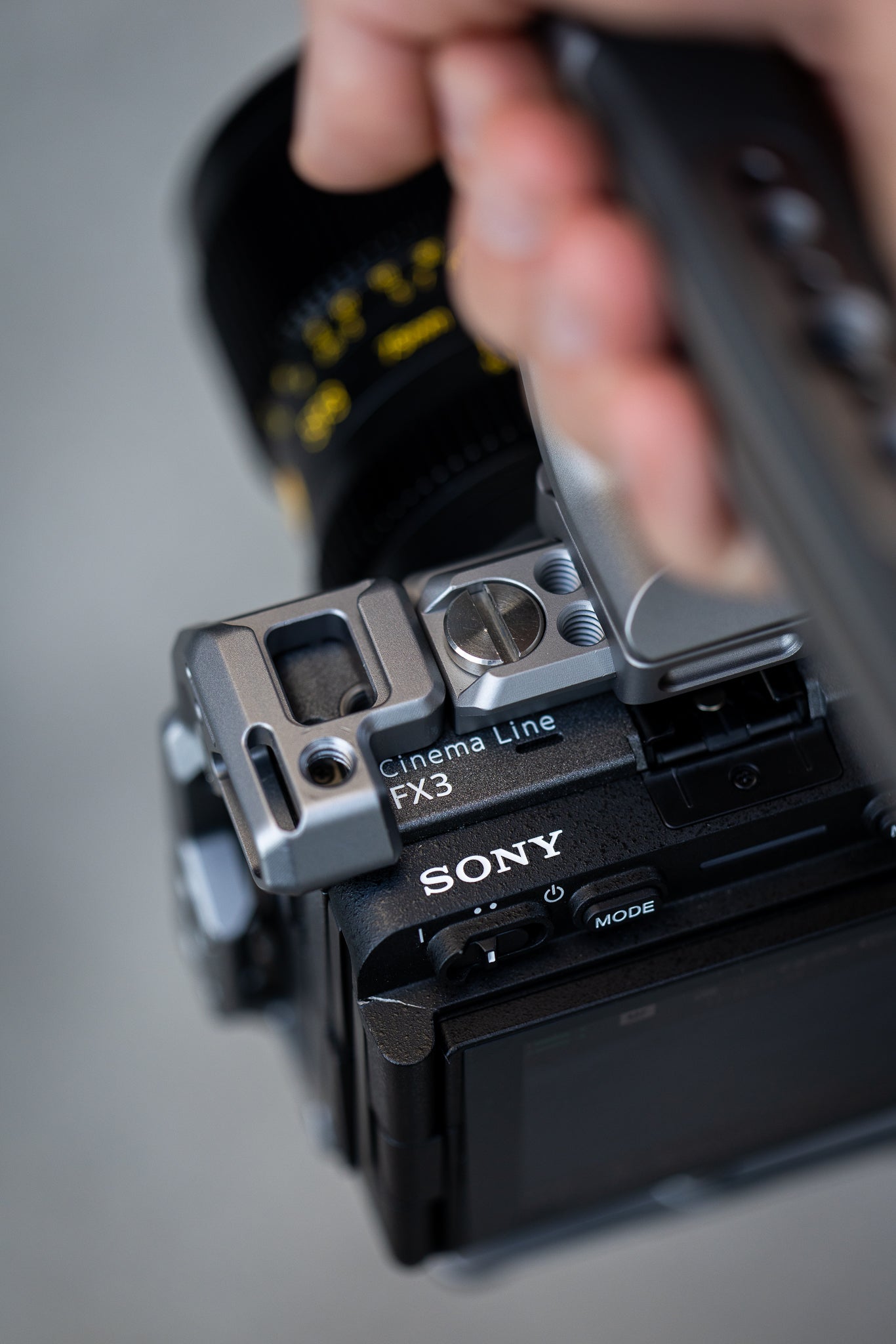
The Super 35 sensor of the FX30 has more, but smaller, pixels, which allows the camera to provide users with the same 4K resolution on a smaller sensor. In addition, the Dual-Base ISO of 800 and 2500 produces images with clean shadows, whether you're shooting a concert with dark shadows and hard light, a well-lit scene for a film, or a vlog with mixed lighting.
The difference in sensor size will also change how you approach your lens choice. With the Full-Frame sensor of the FX3, users will have a wide range of Full-Frame lenses to choose from. However, the FX3 does not have a 4K Super 35 mode, meaning that vintage Super 35 or APS-C E-Mount lenses won’t create an image circle big enough to cover the entire sensor when shooting in 4K.
This is where the FX30 becomes such a unique tool for creatives, as it can utilize Super 35, APS-C, and Full-Frame lenses. One thing to note is that the same Full-Frame focal length on the FX3 won't have the same field of view as the FX30.
To better understand how that will change your image, here is how the same lens looks on each camera.
Which Sony Camera Is Right For You?
The FX3 and FX30 are designed to grow with the user. Creatives have versatility in lens choice, high-quality codecs, IBIS, and autofocus, while the camera body can be built up for bigger productions or stripped down for nimble filmmaking.
The Sony Cinema Line also continues to receive constant updates. In September 2025, the FX30 and FX3 will get additional anamorphic support and the capability to record BRAW. Learn more about the new updates here.
Which camera is right for you will depend on the needs of your project, budget, lighting, and lens choices. We hope that this guide will lead you in the right direction.
